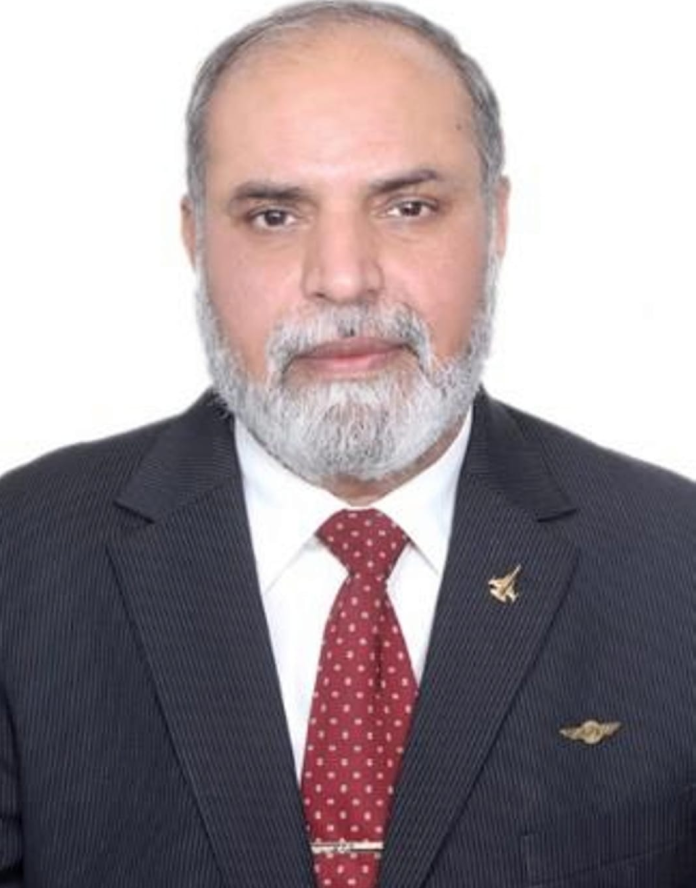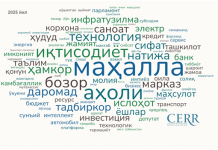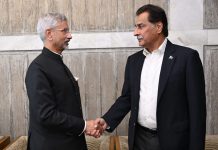On 7 September each year, Pakistan Air Force (PAF) Day is observed not just to commemorate the splendid victory in the 1965 war over a three-times larger Indian Air Force (IAF) but to pay homage to the PAF warriors who flew those war-missions, made death-defying decisions under fire, and shaped the course of air warfare in South Asia. Amongst the heroic moments of the 1965 aerial war what remains most enduring is the human capital of the PAF; the exceptionally trained team of air warriors, inspired squadron culture, and mission-oriented leadership that enabled PAF to etch a local air superiority right at the onset of the aerial war. The famed downing of five Indian aircraft in less than a minute by Squadron Leader M.M. Alam was not only a feat of exceptional combat skill, but a reflection of a deeper PAF ecosystem; one that valued centralised command, decentralised execution, excellent realistic training, professional culture and exceptionally high morale amongst the air warriors. At the heart of this ecosystem lay an elite professional regime rooted in three key principles.
First, Leadership and Command: From Air Marshal Asghar Khan who laid the foundation of a premier PAF, and Air Marshal Nur Khan who commanded the PAF during war, down to flight commanders; they displayed a brand of wartime leadership that was agile, intuitive, and decisive. Nur Khan’s strategic foresight, dynamic leadership, and sustenance of high-temp combat operations remain a text-book in the study of leadership in war. The leadership structure allowed junior officers to exercise discretion once in combat. Warriors like MM Alam, Sarfraz Rafiqui, Middlecoat, Cecil Choudary and many more demonstrated autonomy in combat execution. Second, Excellence in Training: Training in the 1960s emphasised real combat scenarios, high-tempo operations, simulation of enemy aerial tactics and speedy decision-making under pressure-a linchpin trait in air combat where an error by a second could make one perish or extend the lease of life for another day.
Third, Morale and Squadron Culture: PAF’s squadron milieu cultivated durable interpersonal bonds, solidarity, comradeship and ethos of excellence. Morale not simply sky-rocketed, it was weaponised; turning motivation into spirit de corps (camaraderie) and combat effectiveness. Faith amongst peers and leaders shaped an environment that cultivated risk-taking, innovation, and audacity in death-defying moments, plenty in a war. Leaders flew missions with their junior wingmen, equally sharing the risk and earning trust and credibility. The “Spirit of 1965” did not end with war; it became a bedrock, a light-house and the driver of professional excellence as witnessed in the aerial encounters of 1971 and several other military stand-offs till today.
The zenith of 1965-spirit and the hall-mark of professional excellence that PAF demonstrated in “Operation Zarb-e-Karar” in May 2025 had taken aback many in the comity of modern air forces. On the night of 7th May 2025, the PAF under the dynamic war-time leadership of the current Chief of the Air Staff, Air Chief Marshal Zaheer Ahmed Baber, Sidhu etched a new text-book of the “Decisive Electromagnetic and Air Dominance,” and a notion of an invisible “Distributed Kill Chain” for the IAF; thus earning the PAF fame as an “Undisputed King of the Skies” and an “Air Force Second to None” as envisioned by the Quaid e-Azam in 1948. Resonating the “Spirit of 1965,” Zarb-e-Karar validated once again that the leadership is not hierarchical-authority, but a functional-trust under combat conditions. In a data-proven beyond visual range air combat, PAF downed three or four Rafales, one Su-30, one Mirage-2000, one Mig-29 and a multimillion-dollar drone “Heron” within a span of an hour, all without losing any of its own.
Such a splendid aerial victory is unrecorded in the annals of Defensive Counter Air Operations. The Rafale which Indian Prime Minister Modi had inducted as a technological overmatch and a game-changer in the arsenal of the IAF, instead added insult to IAF’s injury. Continuing with its proportionate punitive/ retaliatory strikes on 10 May, PAF destroyed with precision 34 high-value Indian military targets including a brigade headquarters, ammo depot for Brahmos and at least one world-renowned S-400 system thus shattering the aura of invincibility of Indian air defence system.
The failed Indian military intimidation of Pakistan ended in a US-brokered uncomfortable ceasefire at India’s request, undoing the new normal that IAF was desperately attempting to set. The PAF’s march towards 2025, especially during the last four years or so, stand testimony to the unprecedented rapid induction of lethal weapon systems, force-modernisation and the doctrinal shift towards Multi Domain Operations. With the superiority of air doctrine, quality of training, real-time sensor-shooter fusion and skilful integration of electronic and cyber warfare, PAF had buried the pride of the IAF beneath the weight of its tactical geometry of brilliant game-plans and full-spectrum fusion of technology, along with PAF’s kinetic and non-kinetic applications into Multi Domain Operations as commanded by the current Chief of the Air Staff in real time from the war-room.
The splendid PAF victory caused a monumental surge in the strategic capital of the Pakistan Air Force, restoring the conventional deterrence and inflicting a deadly blow to the notions of “Shinning-India, Net-Security-Provider and Counterweight to China” in the skies of South Asia. The “Spirit of 1965” had resonated in “Zarb-e-Karar” once again.
The writer, Dr Air Commodore Naveed Khaliq Ansaree (Retd), is a Director at the Centre for Aerospace & Security Studies (CASS), Lahore. He can be reached at [email protected]

















